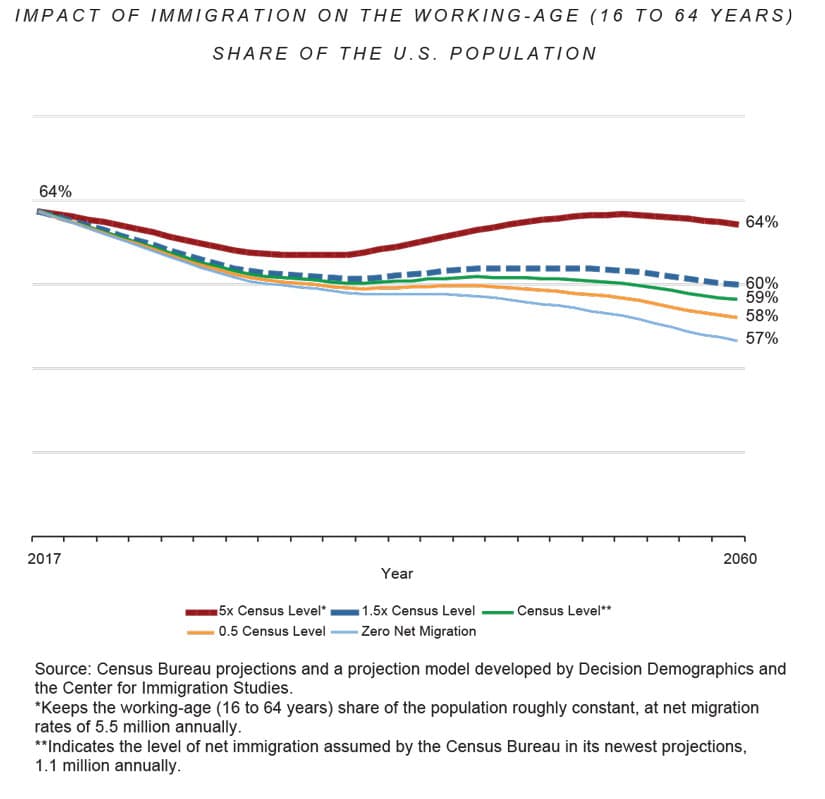Immigration Emerges as Key Strategy to Counter Economic Pressures of Aging Populations

Amid growing concerns over the economic implications of aging populations, a recent social media post by "Jerusalem" has highlighted the perceived lack of coherent solutions from critics of "open borders liberals" regarding demographic shifts, potential fiscal crises, and the need for economic growth. This commentary underscores a critical debate on how nations can sustain prosperity in the face of declining birth rates and increasing life expectancies. Experts and recent economic data suggest that immigration plays a vital role in addressing these multifaceted challenges.
Global populations are rapidly aging due to lower fertility rates and increased longevity, leading to a smaller proportion of working-age individuals relative to retirees. This demographic shift places significant strain on public finances, particularly social security and healthcare systems, and can lead to labor shortages and slower economic growth. The dependency ratio, which measures the number of non-working dependents per worker, is rising in many industrialized nations, raising questions about the sustainability of welfare states.
Immigration, especially of younger, working-age individuals, is increasingly recognized as a crucial mechanism to mitigate these economic pressures. By replenishing the labor force, immigrants contribute to economic output, boost consumption, and inject dynamism into aging economies. Studies from institutions like the IMF and OECD consistently show that immigration can have a positive impact on a country's GDP and overall economic growth.
Furthermore, immigrants often make net positive fiscal contributions, paying more in taxes and social contributions than they consume in public services over their lifetimes. This is particularly true for working-age migrants who contribute to the tax base without having incurred the full costs of childhood education and healthcare in the host country. Their contributions help support public programs strained by an aging native-born population.
The economic benefits extend to productivity and innovation. Immigrants can fill critical labor gaps, especially in sectors facing shortages, and often bring diverse skills and entrepreneurial drive. Spain, for instance, has seen its economy soar, partly fueled by high rates of migration that have plugged labor gaps and contributed to GDP per capita growth, as noted by economists at JPMorgan. The OECD emphasizes that "migration makes a positive contribution to the economy, provided that it is well managed."
While the debate around immigration policy remains complex, the economic imperative of managing demographic change is clear. Effective immigration policies that focus on integrating migrants, recognizing their qualifications, and ensuring access to essential services are crucial to maximizing these economic advantages. As "Jerusalem" highlighted, finding sustainable solutions to aging populations and fiscal challenges necessitates a comprehensive approach that often includes strategic immigration.